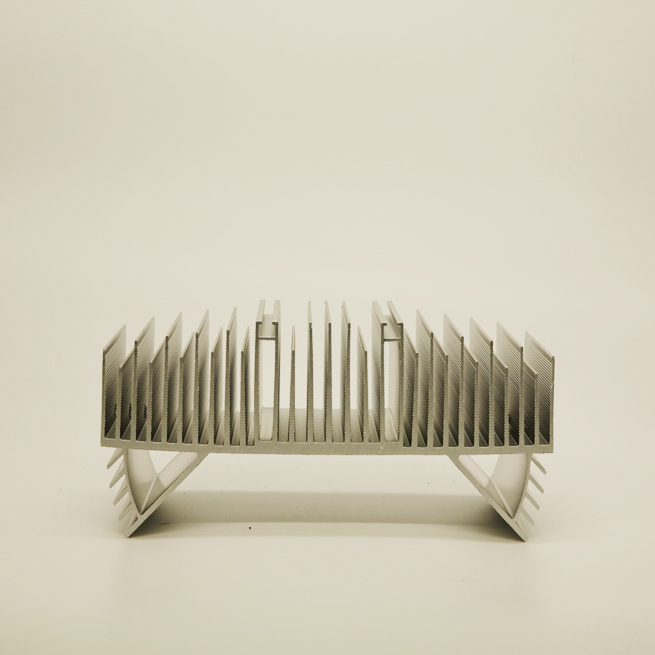introduction to security camera systems - security camera protection box
by:Hanway
2019-09-06

The security camera system is basically composed of multiple security cameras, digital video recorders recording cameras, and lines and connectors connecting all cameras.
Security cameras come in a variety of styles: bullet cameras, with the shape of a cylinder and built in-
In the lens, it is weatherproof and suitable for outdoor applications. Dome camera, dome shape and built in
In the lens, it is usually used indoors, although some lenses have "armored housing" that allows them to be used outdoors
The installation or "box" camera with rectangular shape and individually selected and connected lenses is only used indoors unless it is enclosed in a separate enclosure for outdoor use.
These cameras are usually used in a commercial environment. The hidden camera can have a variety of shapes, including super-
A small "eye" type camera that can be easily hidden, or designed as a hidden camera that looks like something else, such as a teddy bear, a smoke detector, or a spray head.
These cameras are usually for indoor use only and have a built-inin lens. •Pan -Tilt -Zoom (PTZ)
The camera allows the remote operator to pan (back and forth), tilt (up and down)
Then enlarge the lens.
They are usually large and can be used inside or outside.
Your choice of each camera in the system will depend on whether you want to install it internally or externally, what size of lens you need, resolution (
The higher the resolution, the clearer the image)
Whether infrared is needed for night viewing, installation type (
Do you need to install it on the wall, ceiling, pole? )
And your budget, of course. A 3.
The 6mm lens will provide the widest viewing angle you can see on the camera without distorting the image.
This will provide about 30 feet of the facial details.
If you need facial details more than 30 feet from the camera, then you need a higher mm lens.
A higher mm lens allows you to get a larger focal length but reduces the angle of view.
Zoom lens (
5 to 100mm for example)
Options that allow for camera focal length changes.
This is handy when you don't know what size of lens you need in front of you.
What type of digital video recorder do you also want to choose (DVR)
You need to record the camera.
Most dvr has 4, 8, or 16 camera inputs (aka 'channels')
Version, although there are DVR models that can record up to 64 cameras.
Keep in mind that it is often not feasible to add camera input to an existing DVR later, so you will want to support future growth.
Looking for a "real" DVR
Time recording rate of 30 frames per second (fps)per camera.
DVRs are also different in compression techniques used.
The best compression technology compresses video data so that you can store the least amount of space on your hard disk and lose the least amount of information (Picture quality)in the process.
Compression Technology from oldest (worst)to newest (best)are: J-PEG, M-JPEG (aka MPEG), MPEG4, and H. 264.
Next, determine how much hard drive space you need.
When the hard drive runs out of space, the DVR will start recording the oldest video on the system.
Many people choose to save recorded videos for 2 to 4 weeks on their hard drives.
Other features that need to be looked for in the DVR include remote viewing and operation, audio support, and ease of operation and event backup.
Finally, you need all the cables and connectors to power the camera and DVR and connect the video signal of the camera to the DVR.
There are two basic ways to connect the system: using the plugand-
Play the cable with the connectorattached vs.
RG59 cables with more severe shielding (
So there are fewer interference problems)
But you need to apply the connector yourself.
It is easier to use plug and play cables, but only when the cable runs less than 100 feet and does not use fluorescent lighting in the building in which it is located, high power infrared cameras are not used.
Your security reseller will be able to help you determine if you have all the connectors and parts you need.
Other things to consider when designing a camera system include power and surge protection, lock boxes for securing DVR, and monitors that view the camera directly from the DVR (vs.
Through the network).
Once all components are powered on, the camera and monitor connected to the DVR are plugged in and you should be able to view the camera right away.
The software on the DVR will allow you to customize the app for features like Web viewing and motion detection.
Custom message








